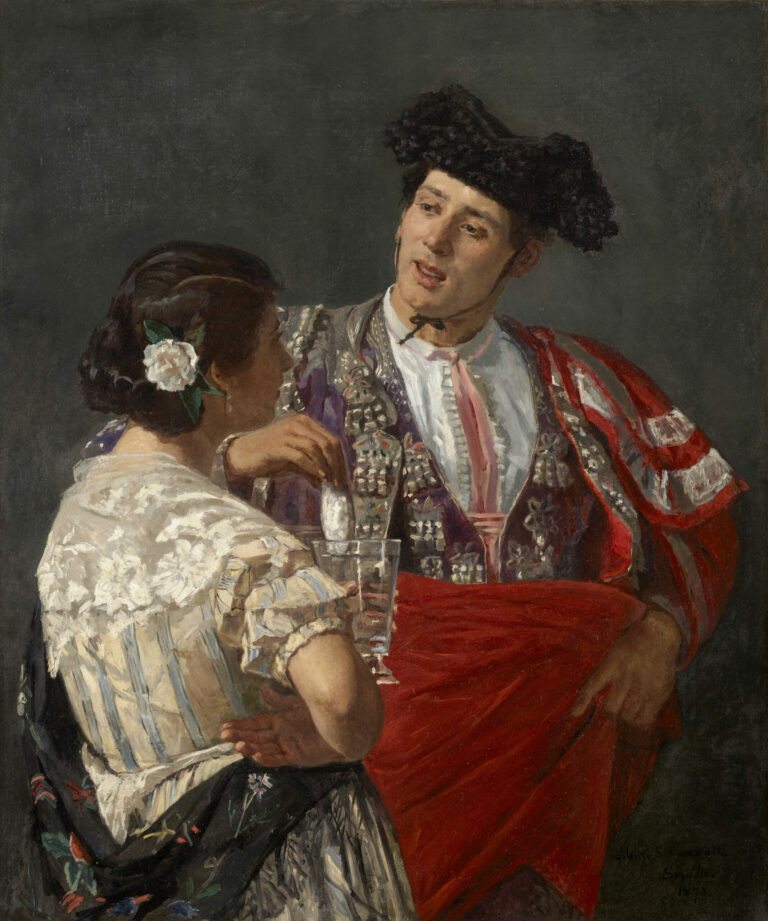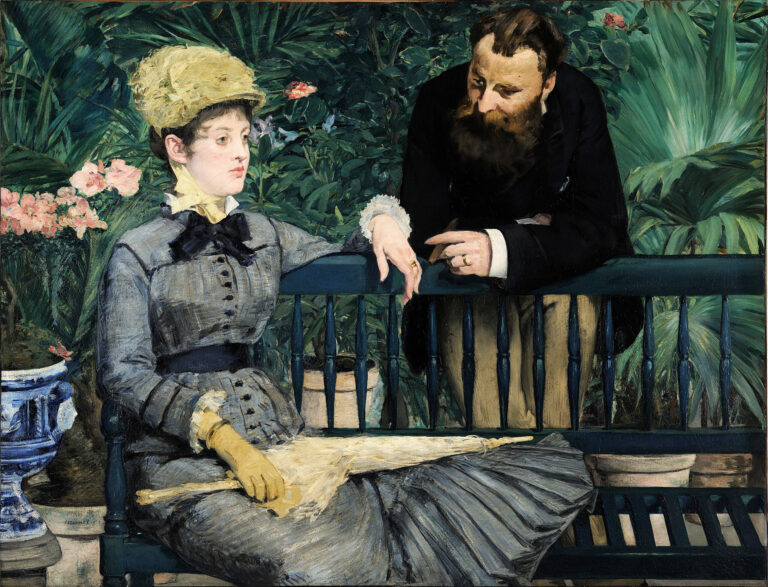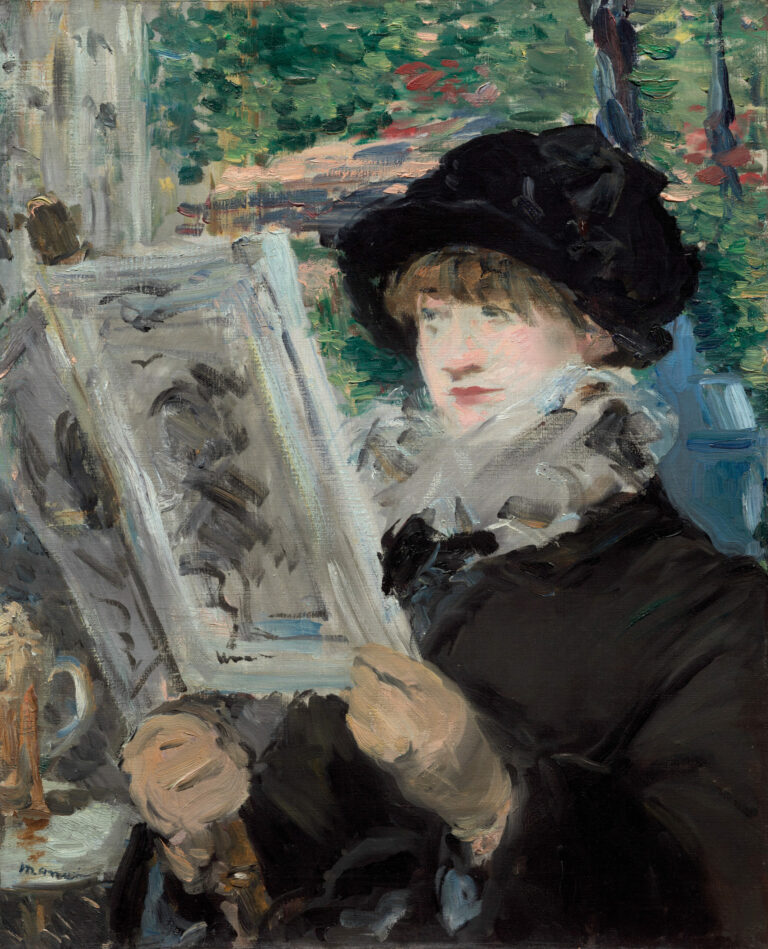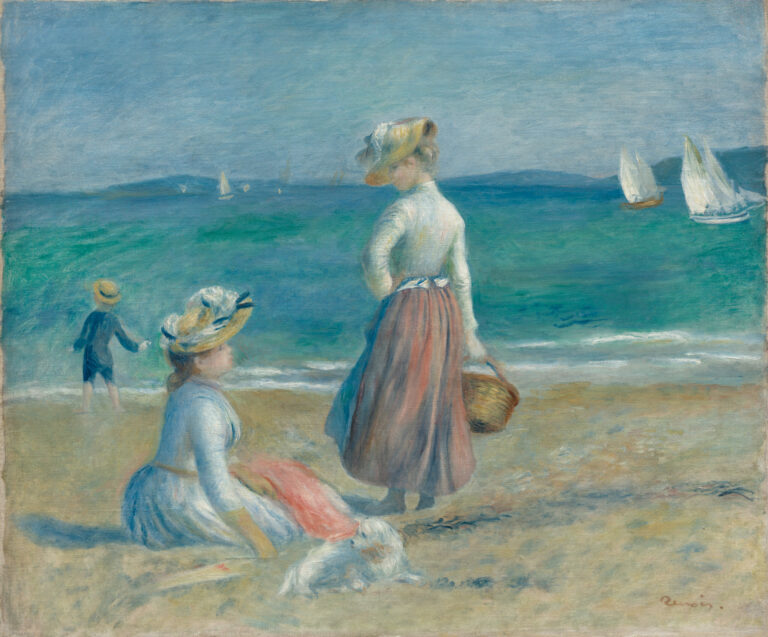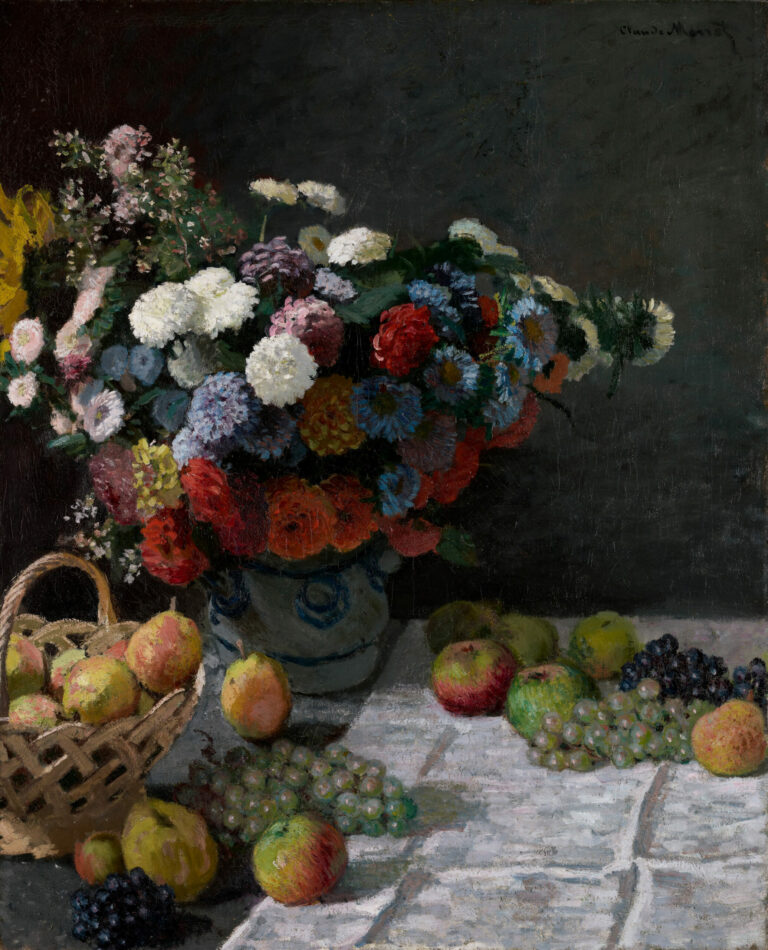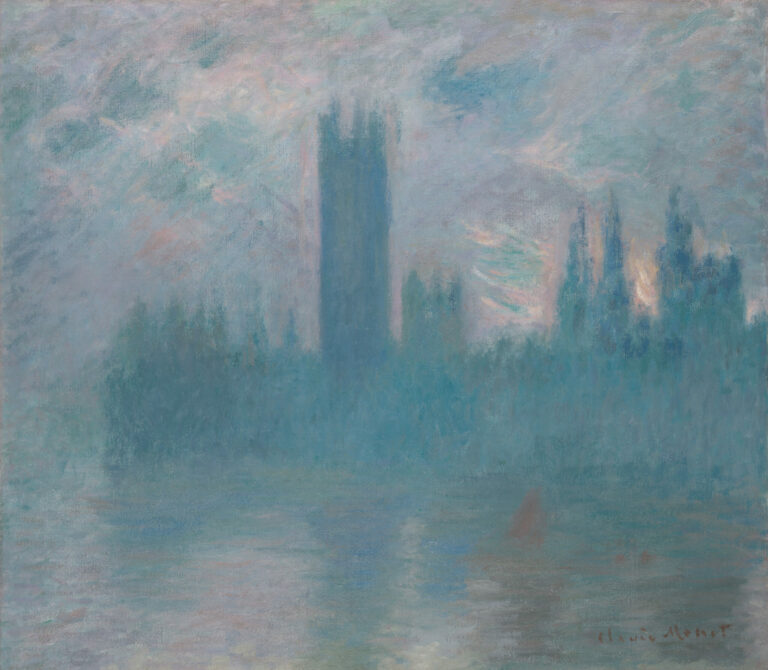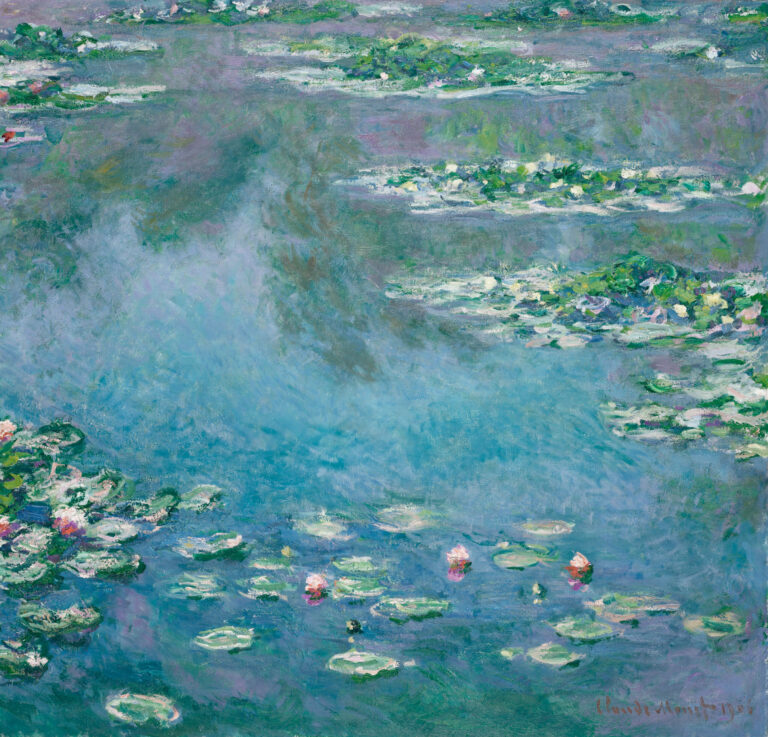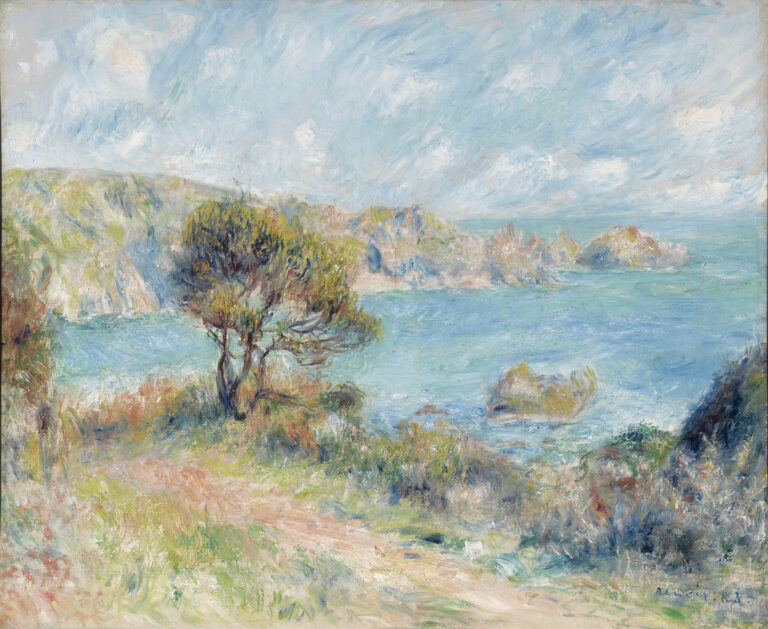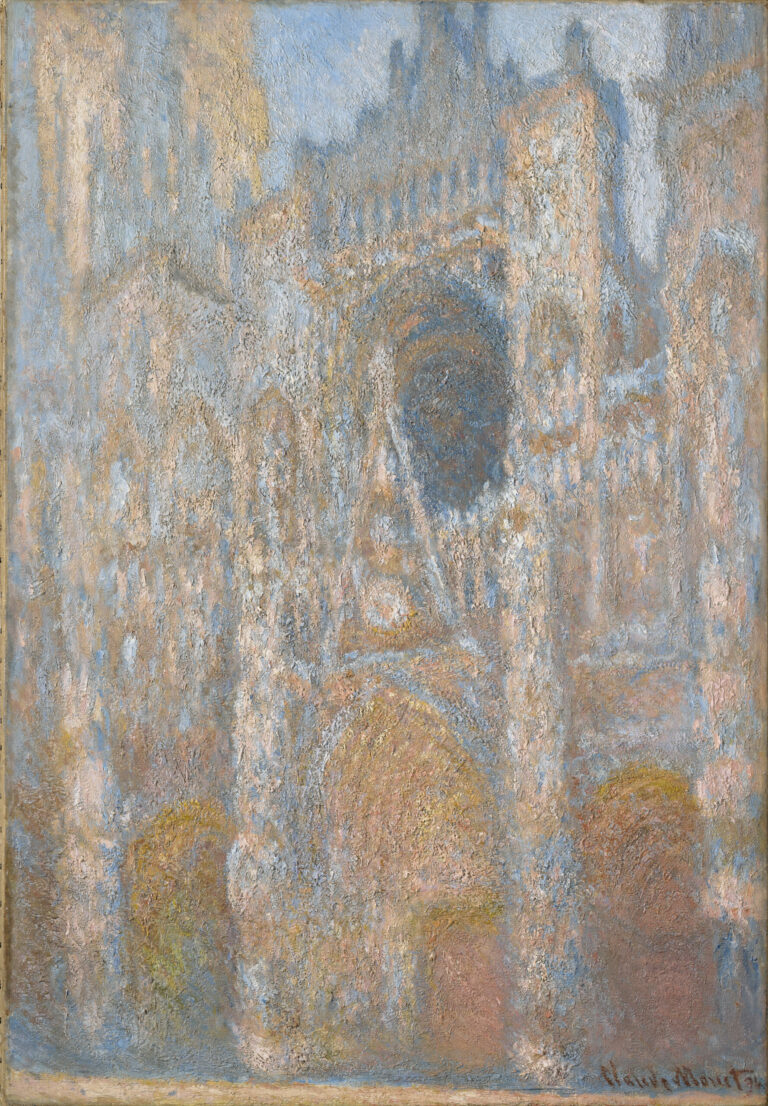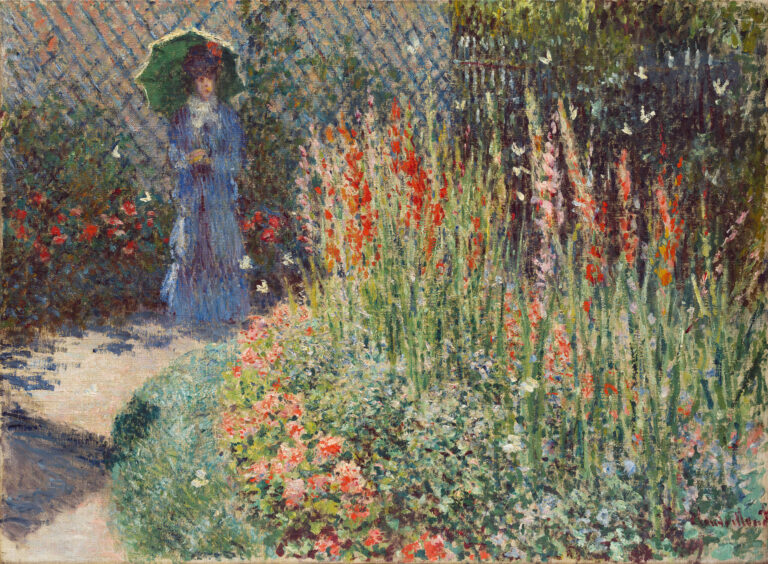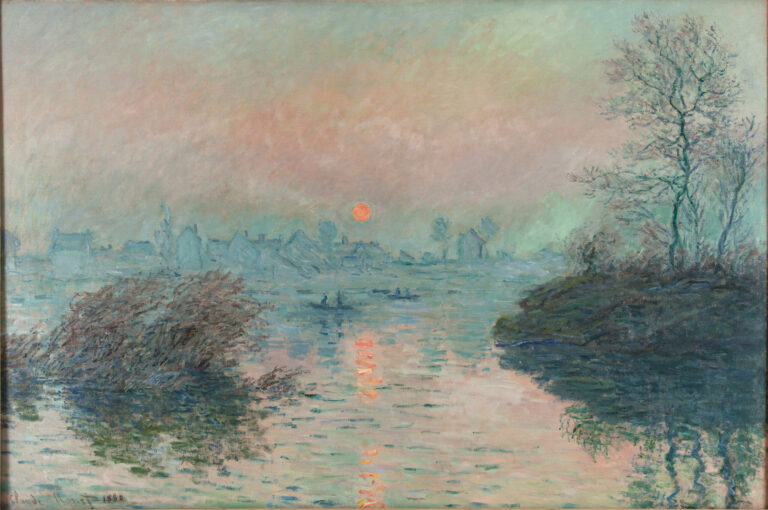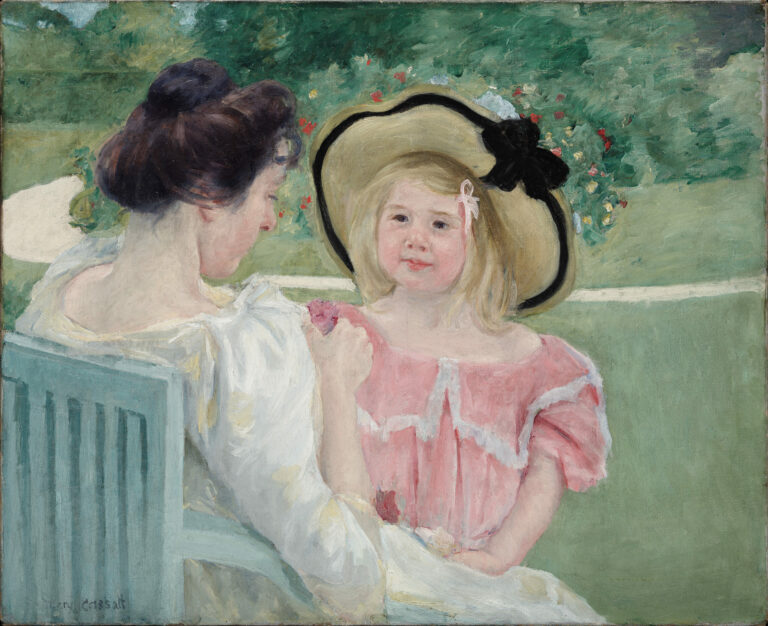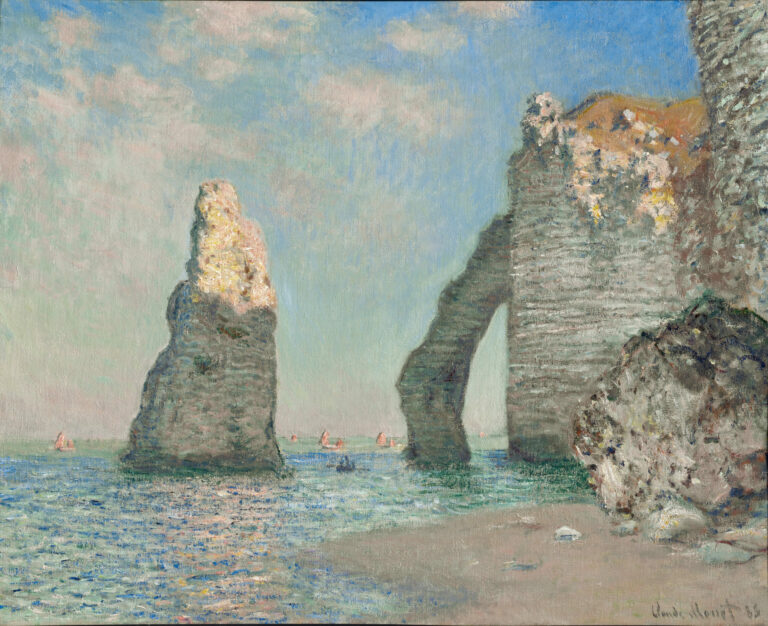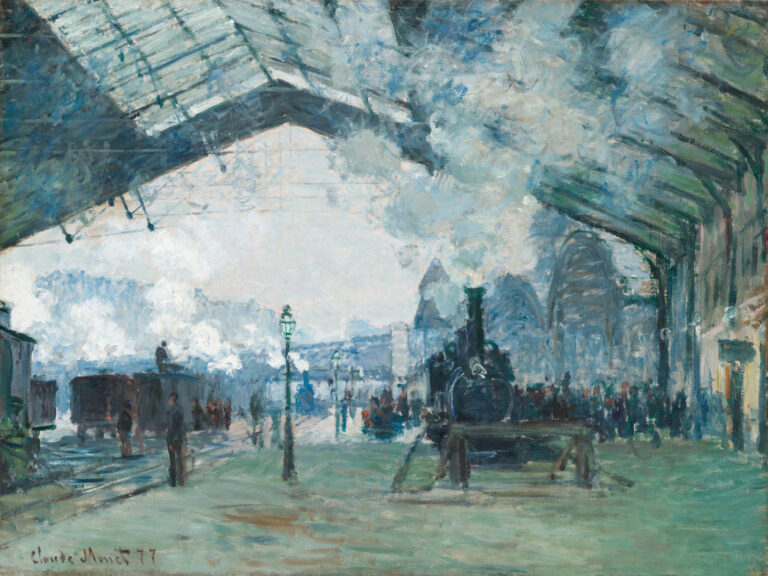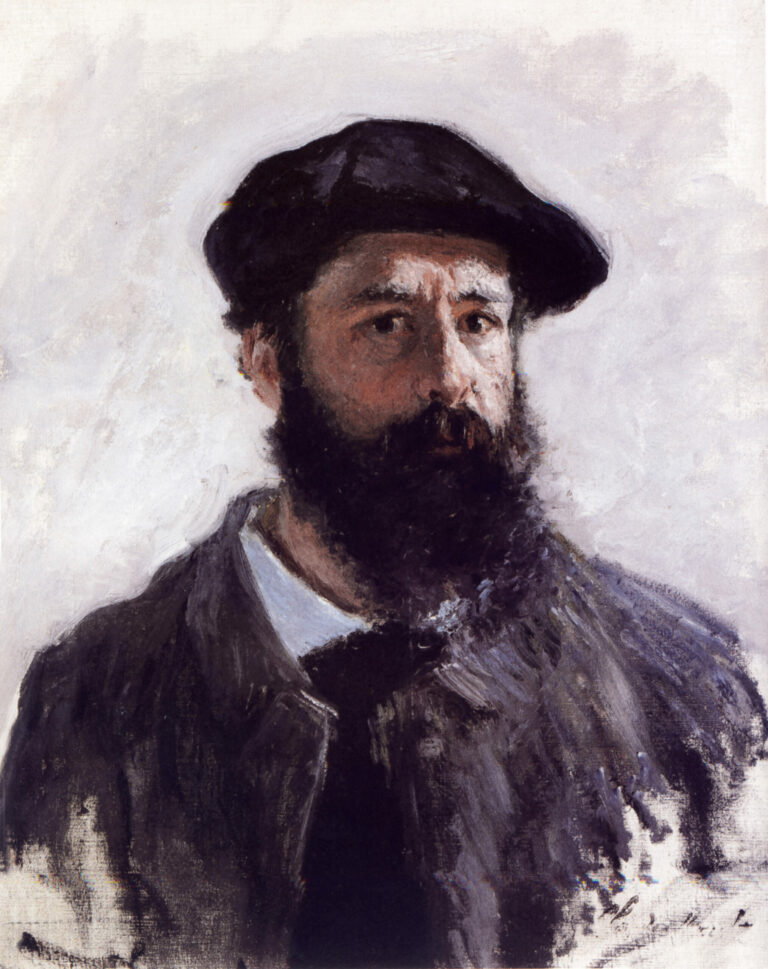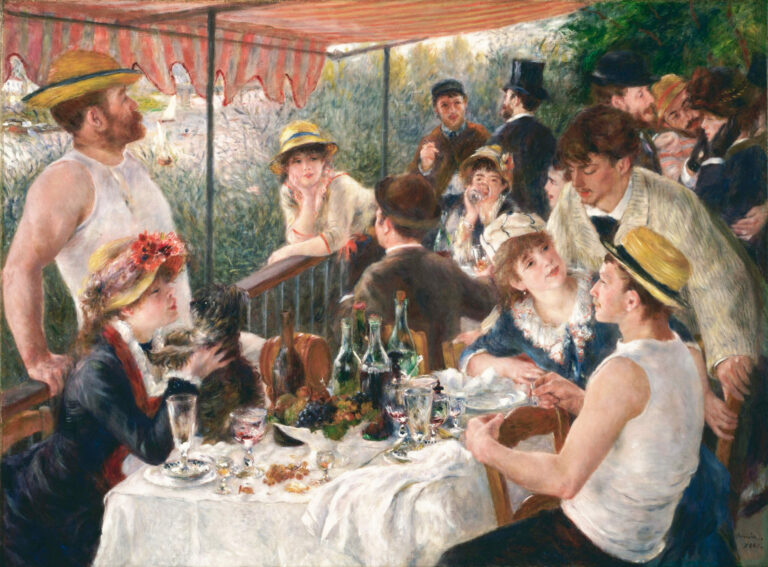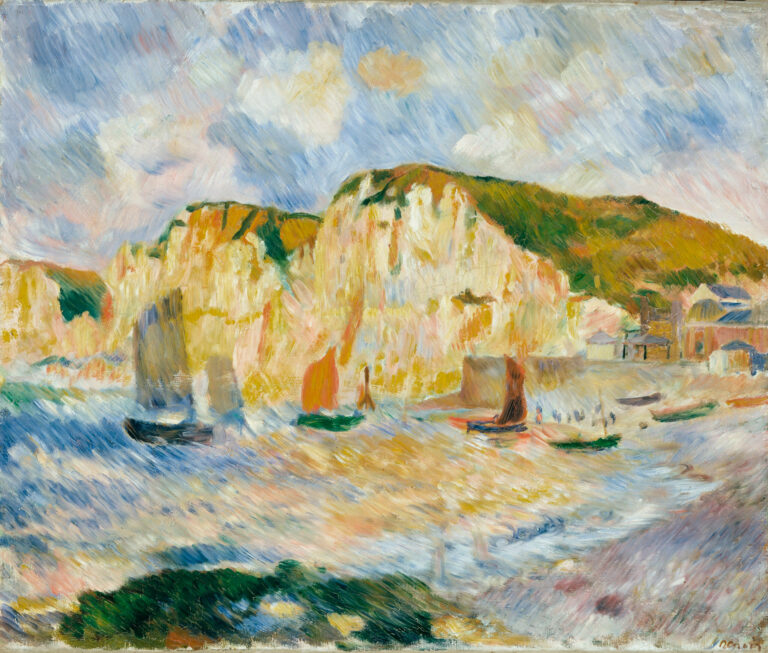Impressionism
Impressionism, born in France during the 1870s-1880s, revolutionized Western art by breaking with academic conventions. This movement, embodied by artists such as Claude Monet, Pierre-Auguste Renoir, Edgar Degas, and Berthe Morisot, is characterized by a desire to capture the immediate impression of light and its effects on subjects. The Impressionists favored painting en plein air, employed rapid and visible brushstrokes, fragmented color, and abandoned strict contours to seize the fleeting nature of everyday moments and atmospheric phenomena.
This new pictorial approach also reflected the social transformations of the modern era, focusing on bourgeois leisure activities, evolving urban landscapes, and scenes of daily life. Initially met with incomprehension and scandal, Impressionism gradually established itself as a crucial stage in the evolution of art, paving the way for the avant-garde movements of the 20th century while celebrating pure visual sensation and the subjectivity of the artistic gaze confronting nature and the modern world.

